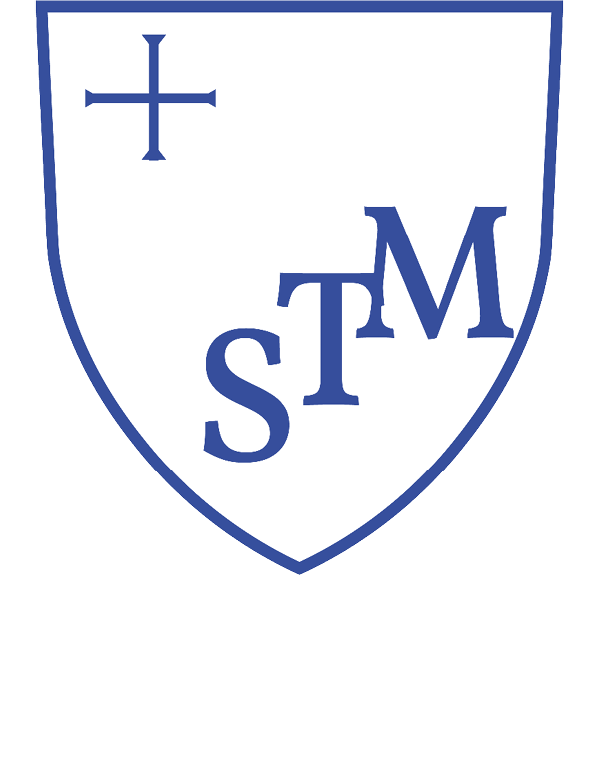Writing
Writing is a key pillar of our English curriculum and an essential tool for communication, creativity, and critical thinking. At our school, we follow the CUSP Writing curriculum – a carefully sequenced and knowledge-rich programme that supports children in becoming confident, articulate writers.
CUSP Writing is underpinned by a clear progression of skills, ensuring that pupils build strong foundations in transcription—through systematic spelling instruction and the Kinetic Letters handwriting approach—and composition, where they learn to articulate ideas and structure them effectively. Grammar and punctuation are taught explicitly and applied meaningfully within writing tasks, enabling children to write with accuracy, flair, and purpose.
Each unit is rooted in high-quality texts and meaningful contexts, providing pupils with rich models of language and structure. Through this approach, children are empowered to write across a range of genres, developing their voice and style while deepening their understanding of audience and purpose.
Our aim is to nurture enthusiastic writers who take pride in their work, write with confidence, and understand the power of their words.
At St Martin's, Writing is more than a subject—it’s a gateway to creativity, self-expression, and powerful storytelling.
Big Ideas
CUSP Writing is built on the belief that writing is a craft developed through explicit teaching, practice, and reflection. It is knowledge-rich, with grammar, vocabulary, and structure taught cumulatively and applied purposefully. High-quality texts provide models for writing, inspiring pupils and shaping their understanding of genre, audience, and purpose.
Writing is taught as a process—planning, drafting, editing, and publishing—developing independence and pride. Vocabulary is central, enabling precise, expressive communication. The curriculum is inclusive, ensuring all pupils access success.
Writing is embedded across the curriculum, reinforcing its value as a tool for thinking, learning, and self-expression.
Content
The CUSP Writing curriculum develops pupils’ skills in transcription and composition through a carefully sequenced, knowledge-rich approach. Spelling is taught systematically, and handwriting is developed using the Kinetic Letters programme, which builds strength, stamina, and fluency. Grammar and punctuation are taught explicitly and applied in meaningful contexts. Pupils write across a wide range of genres, learning to plan, draft, edit, and publish with increasing independence. High-quality texts model effective writing, while vocabulary development is embedded throughout.
Regular opportunities for extended writing and oral rehearsal support fluency, confidence, and creativity, ensuring all pupils become capable, expressive, and purposeful writers.
Sequencing
Sequencing is central to both the CUSP Writing curriculum and the Kinetic Letters handwriting programme. CUSP Writing follows a carefully structured progression, where knowledge of grammar, vocabulary, and genre builds cumulatively over time. S
kills are revisited and deepened through deliberate practice, enabling pupils to write with increasing accuracy, confidence, and independence.
Alongside this, Kinetic Letters is sequenced to develop handwriting through physical strength, posture, and fine motor control before focusing on letter formation. This ensures pupils are physically ready to write fluently and legibly.
Together, both programmes provide a coherent, layered approach to developing skilled, confident, and expressive writers.
Oracy and Vocabulary
Oracy and vocabulary are central to the CUSP Writing curriculum. Pupils are taught to speak with clarity, confidence, and purpose, using talk to explore, rehearse, and refine their ideas before writing. Structured discussion, oral rehearsal, and sentence-level work support the development of fluent, expressive language.
Vocabulary is taught explicitly and revisited regularly, enabling pupils to use ambitious and precise language in their writing. High-quality texts provide rich models of language, while tiered vocabulary instruction ensures all pupils, including those with SEND and EAL, can access and apply new words effectively, strengthening both spoken and written communication.
Assessment of Pupils
Assessment in CUSP Writing is ongoing, purposeful, and closely linked to teaching. Teachers use formative assessment to identify gaps, inform planning, and provide timely feedback.
Each unit culminates in a lead writing outcome, where pupils apply taught skills independently, demonstrating their understanding of genre, grammar, and vocabulary. These lead pieces are used to assess progress over time and inform summative judgements. Regular moderation ensures consistency and accuracy across year groups.
Assessment also includes pupil voice, enabling reflection on progress and attitudes to writing. This approach ensures all pupils, including those with SEND and EAL, are supported to achieve their potential.
Reasonable adjustments for pupils with SEND
CUSP Writing is designed with inclusion at its core, ensuring all pupils, including those with SEND, can access and succeed in writing. Teachers use the Scaffolding Toolkit to provide targeted support, such as sentence stems, vocabulary prompts, and modelled writing, enabling pupils to engage with tasks at an appropriate level. Adaptive practice ensures that learning is responsive to individual needs, with content revisited and reinforced through small steps.
The Kinetic Letters handwriting programme supports pupils with fine and gross motor difficulties, building strength and control for fluent writing.
These strategies help close gaps and promote confidence, independence, and progress.
